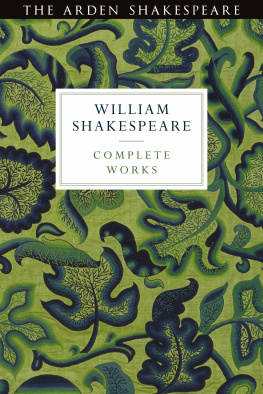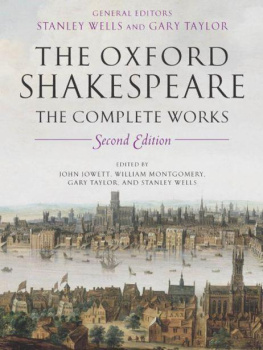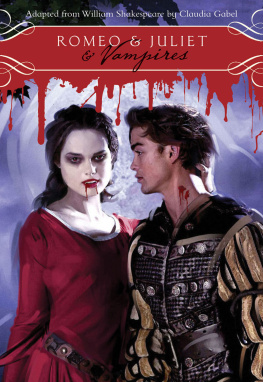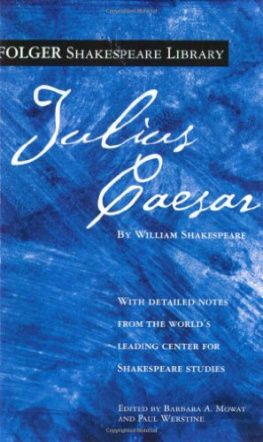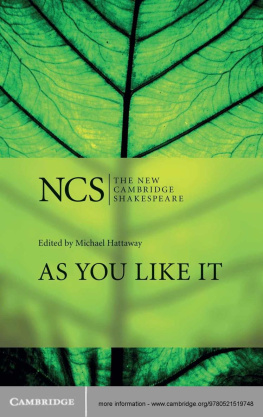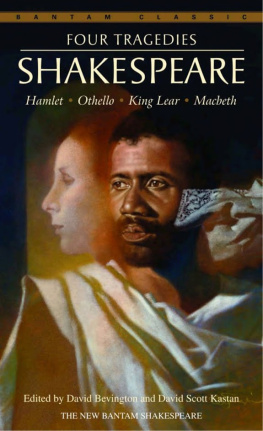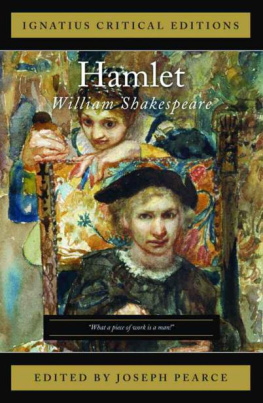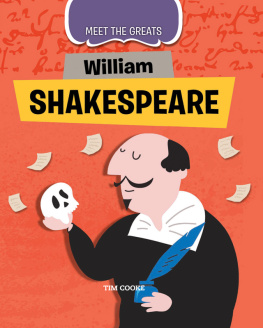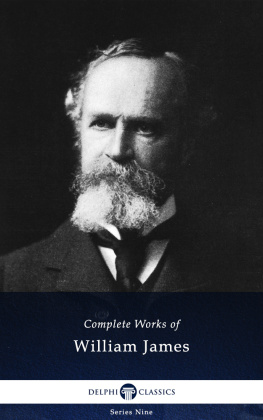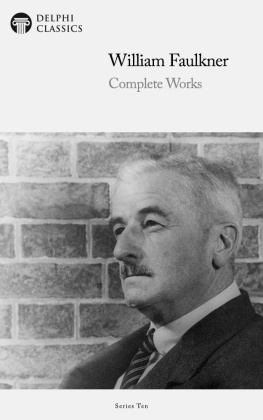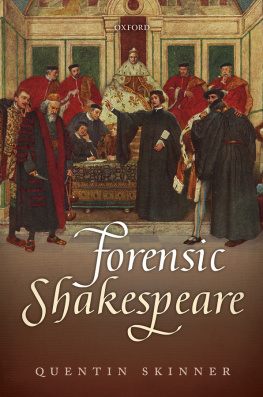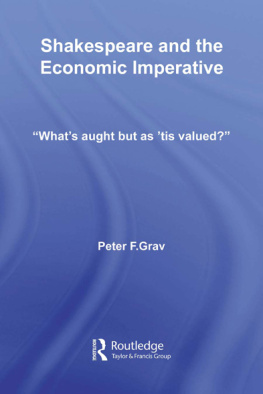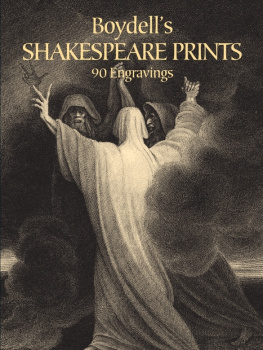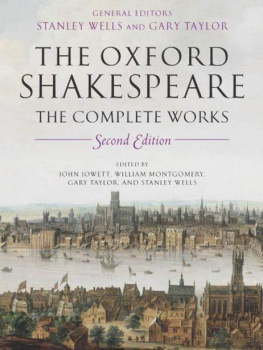William Shakespeare - Complete Works
Here you can read online William Shakespeare - Complete Works full text of the book (entire story) in english for free. Download pdf and epub, get meaning, cover and reviews about this ebook. year: 2021, publisher: Bloomsbury Publishing, genre: Detective and thriller. Description of the work, (preface) as well as reviews are available. Best literature library LitArk.com created for fans of good reading and offers a wide selection of genres:
Romance novel
Science fiction
Adventure
Detective
Science
History
Home and family
Prose
Art
Politics
Computer
Non-fiction
Religion
Business
Children
Humor
Choose a favorite category and find really read worthwhile books. Enjoy immersion in the world of imagination, feel the emotions of the characters or learn something new for yourself, make an fascinating discovery.
- Book:Complete Works
- Author:
- Publisher:Bloomsbury Publishing
- Genre:
- Year:2021
- Rating:5 / 5
- Favourites:Add to favourites
- Your mark:
- 100
- 1
- 2
- 3
- 4
- 5
Complete Works: summary, description and annotation
We offer to read an annotation, description, summary or preface (depends on what the author of the book "Complete Works" wrote himself). If you haven't found the necessary information about the book — write in the comments, we will try to find it.
Complete Works — read online for free the complete book (whole text) full work
Below is the text of the book, divided by pages. System saving the place of the last page read, allows you to conveniently read the book "Complete Works" online for free, without having to search again every time where you left off. Put a bookmark, and you can go to the page where you finished reading at any time.
Font size:
Interval:
Bookmark:




 This volume marks a milestone: the completion of the Third Series of the Arden Shakespeare. From the first volume of the First Series, Edward Dowdens edition of Hamlet, published in 1899, the Arden Shakespeare has been widely acknowledged as the pre-eminent Shakespeare edition, valued by scholars, teachers, students, actors and the great variety of readers alike. The Third Series (Arden 3; General Editors: Richard Proudfoot, Ann Thompson, David Scott Kastan and H.R. Woudhuysen) began publication in 1995 and was completed early in 2020. This volume is the first collected edition of an entire series of Arden texts. The earlier complete edition of the Arden Shakespeare included mixtures of Arden 2 and Arden 3 texts.
This volume marks a milestone: the completion of the Third Series of the Arden Shakespeare. From the first volume of the First Series, Edward Dowdens edition of Hamlet, published in 1899, the Arden Shakespeare has been widely acknowledged as the pre-eminent Shakespeare edition, valued by scholars, teachers, students, actors and the great variety of readers alike. The Third Series (Arden 3; General Editors: Richard Proudfoot, Ann Thompson, David Scott Kastan and H.R. Woudhuysen) began publication in 1995 and was completed early in 2020. This volume is the first collected edition of an entire series of Arden texts. The earlier complete edition of the Arden Shakespeare included mixtures of Arden 2 and Arden 3 texts. The third series of the Arden Shakespeare consists of 44 individual volumes, somewhat more, that is, than the 36 plays that appear in the 1623 Folio or even than the 37 or 38 plays usually claimed as Shakespeares. Least controversial is the inclusion of edited versions of The Sonnets and Shakespeares other Poems, most notably the two long narrative poems published separately in Shakespeares lifetime, Venus and Adonis and The Rape of Lucrece. Two collaborative plays written late in Shakespeares career are included in the series, as has become common in other complete Shakespeares: Pericles, written with George Wilkins, and The Two Noble Kinsmen, written with John Fletcher. In this volume, those texts that have been corrected or revised since their first publication are printed in their most recent form. Hamlet is the only play to appear in this volume in more than one text. The Prince says that a mans life is no more than to say one , but the text of Shakespeares most complex play cannot adequately be represented singularly.
We offer edited versions of all three early texts: Q1 (1603), Q2 (16045) and F (1623). There are various theories about the relationships between these: Q1, the shortest of the three, has often been dismissed as a shortened bootleg version, a memorial reconstruction put together by actors or audience members, so despite being published first it would have been derived from one of the longer texts. In recent years, however, scholars have revived the notion that it represents Shakespeares first draft. Q2, the longest text, appeared soon after Q1 and claims to be enlarged according to the true and perfect Coppie. F, the last text to be published, omits some 230lines that are present in Q2 but adds some 70 of its own; it has recently been regarded as an authorial revision. Most editors, like most theatre practitioners, offer a conflated text, usually combining elements from Q2 and F, but in the absence of a consensus about the precise relationship between the texts it seems preferable to treat each as if it were an independent entity.
More controversial is the inclusion of three plays in which, if they are in some sense by Shakespeare, his role is different from that in the collaborative plays which are now conventionally included in the canon. The editors of Sir Thomas More, Edward III and Double Falsehood each make the case for their plays inclusion in the Arden series. Sir Thomas More, a collaboration that was never published and exists in a unique manuscript now in the British Library, contains material now widely agreed to be by Shakespeare and likely written in his own hand. Edward III, published anonymously in 1596, was first identified as possibly by Shakespeare by Edward Capell in 1760, and increasingly scholars have agreed that the play was written by two collaborators, one of whom might well be Shakespeare on the basis of various kinds of stylistic analysis; and for the putatively Shakespearean portions there is no better candidate. Double Falsehood has a more complex relationship to Shakespeare. This play was first performed in December 1727 and published early the next year.
The title-page of the published version claims that it was Written Originally by W. Shakespeare and is now Revised and Adapted to the Stage by Lewis Theobald. The plot is based on the story of Cardenio, a character in Don Quixote, which was published in English in 1612. A play known as Cardenio (or Cardenno or Cardenna) was played at court twice in 1613 by the Kings Men, Shakespeares company. In 1653 Humphrey Moseley registered a large group of plays as his property, including The History of Cardenio, by Mr. and Shakespeare. and Shakespeare.
Although some have claimed Double Falsehood is a forgery, more likely it is what it claims to be: an eighteenth-century adaptation of a probably revised seventeenth-century play, which Shakespeare seems to have written in collaboration with John Fletcher. How far Shakespeares contribution is buried beneath layers of revision is hard to know with certainty, but the likelihood of that contribution justifies its inclusion here. If the understanding of the Shakespeare canon is thus expansive, the editorial work of the Arden texts is for the most part conservative: modernizing the spelling and punctuation of the early editions, normalizing capitalization, removing superfluous italics, regularizing (and not abbreviating) the names of characters, and rationalizing entrances and exits. Clarity and consistency are the goals of these procedures. In certain play-texts there are typographical con-ventions specific to the textual understanding of the play. Superscript indicators are used in a number of plays to indicate the use of different source texts.
In King Lear, the Arden 3 editor presents a single edited text based on the 1623 Folio, which incorporates words and passages present only in the 1608 Quarto. The conventions used to signal the differences between the two early texts are explained in the note on p. 751. Similar conventions are used for three passages in Titus Andronicus (see note on p. 1271). 1160. 1160.
For the most part, however, the goal of Arden 3 has been to present scrupulously edited texts designed to be accessible to modern readers. If there is some inescapable loss of the historical feel of the early printed texts resulting from the adoption of these modernizing editorial principles and conventions, it is justified by the removal of obstacles to understanding that Shakespeare never could have intended for his readers. 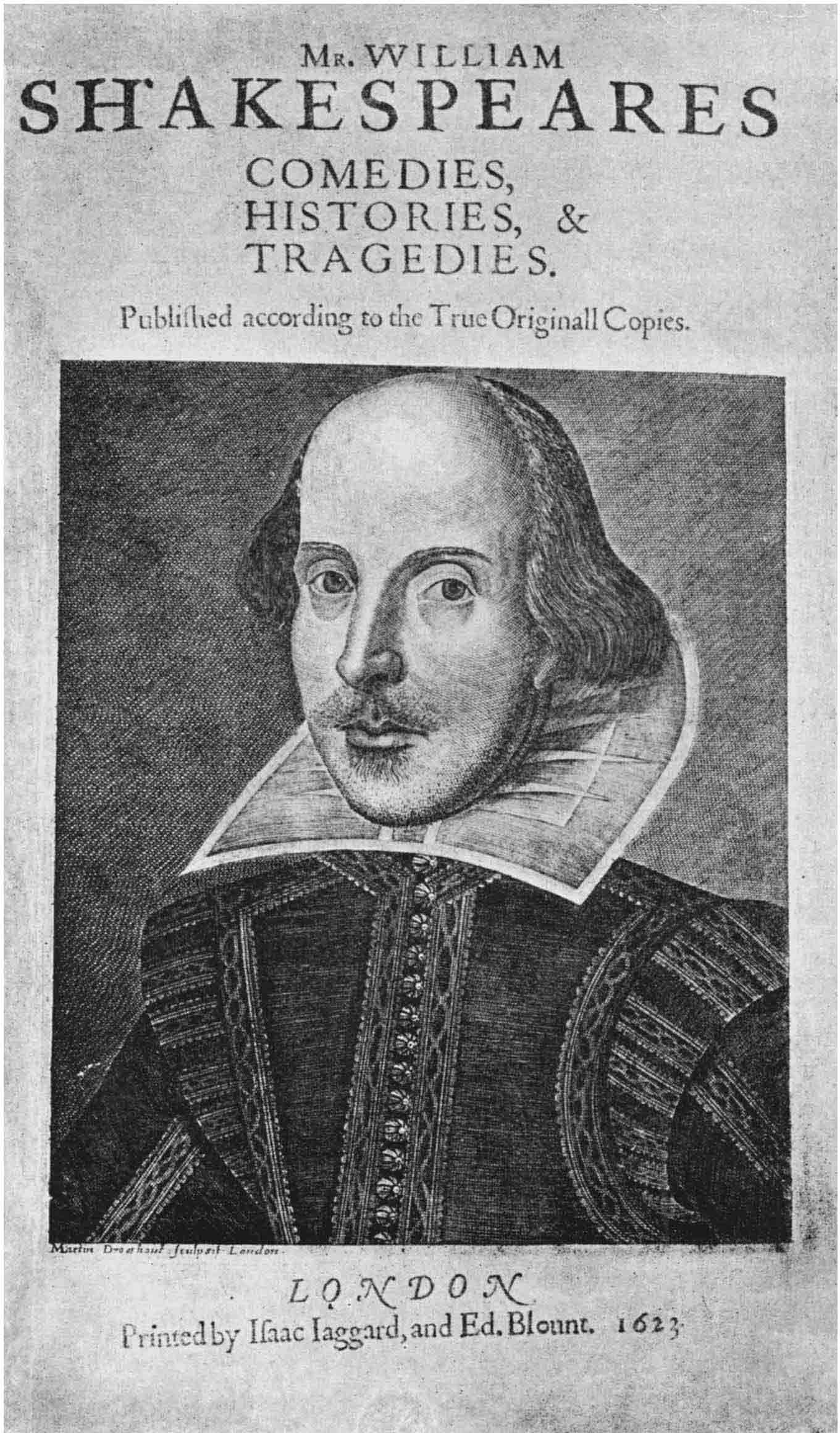 Title-page, with a portrait of Shakespeare engraved by Droeshout, from the First Folio edition of Shakespeares plays, edited by John Heminges and Henry Condell and printed by Isaac Jaggard and Edward Blount, published in 1623
Title-page, with a portrait of Shakespeare engraved by Droeshout, from the First Folio edition of Shakespeares plays, edited by John Heminges and Henry Condell and printed by Isaac Jaggard and Edward Blount, published in 1623
 What is Shakespeare? A worldwide cultural phenomenon, a brand-name, a logo, an image that appears on T-shirts and credit cards, a mainstay of theatre, film and video production, a compulsory component of education, a label that sells thousands of books, a household name. Also an individual human being, born in a small English country town in 1564, a man who went to London and had a successful career as an actor, playwright and shareholder in the theatre. By all accounts an agreeable and modest man who did not seek to draw attention to himself, even by publishing his plays, though he does seem to have hoped that the fame of hisNext page
What is Shakespeare? A worldwide cultural phenomenon, a brand-name, a logo, an image that appears on T-shirts and credit cards, a mainstay of theatre, film and video production, a compulsory component of education, a label that sells thousands of books, a household name. Also an individual human being, born in a small English country town in 1564, a man who went to London and had a successful career as an actor, playwright and shareholder in the theatre. By all accounts an agreeable and modest man who did not seek to draw attention to himself, even by publishing his plays, though he does seem to have hoped that the fame of hisNext pageFont size:
Interval:
Bookmark:
Similar books «Complete Works»
Look at similar books to Complete Works. We have selected literature similar in name and meaning in the hope of providing readers with more options to find new, interesting, not yet read works.
Discussion, reviews of the book Complete Works and just readers' own opinions. Leave your comments, write what you think about the work, its meaning or the main characters. Specify what exactly you liked and what you didn't like, and why you think so.

